
10 NumPy One-Liners to Simplify Feature Engineering
When building machine learning models, most developers focus on model architectures and hyperparameter tuning.

When building machine learning models, most developers focus on model architectures and hyperparameter tuning.
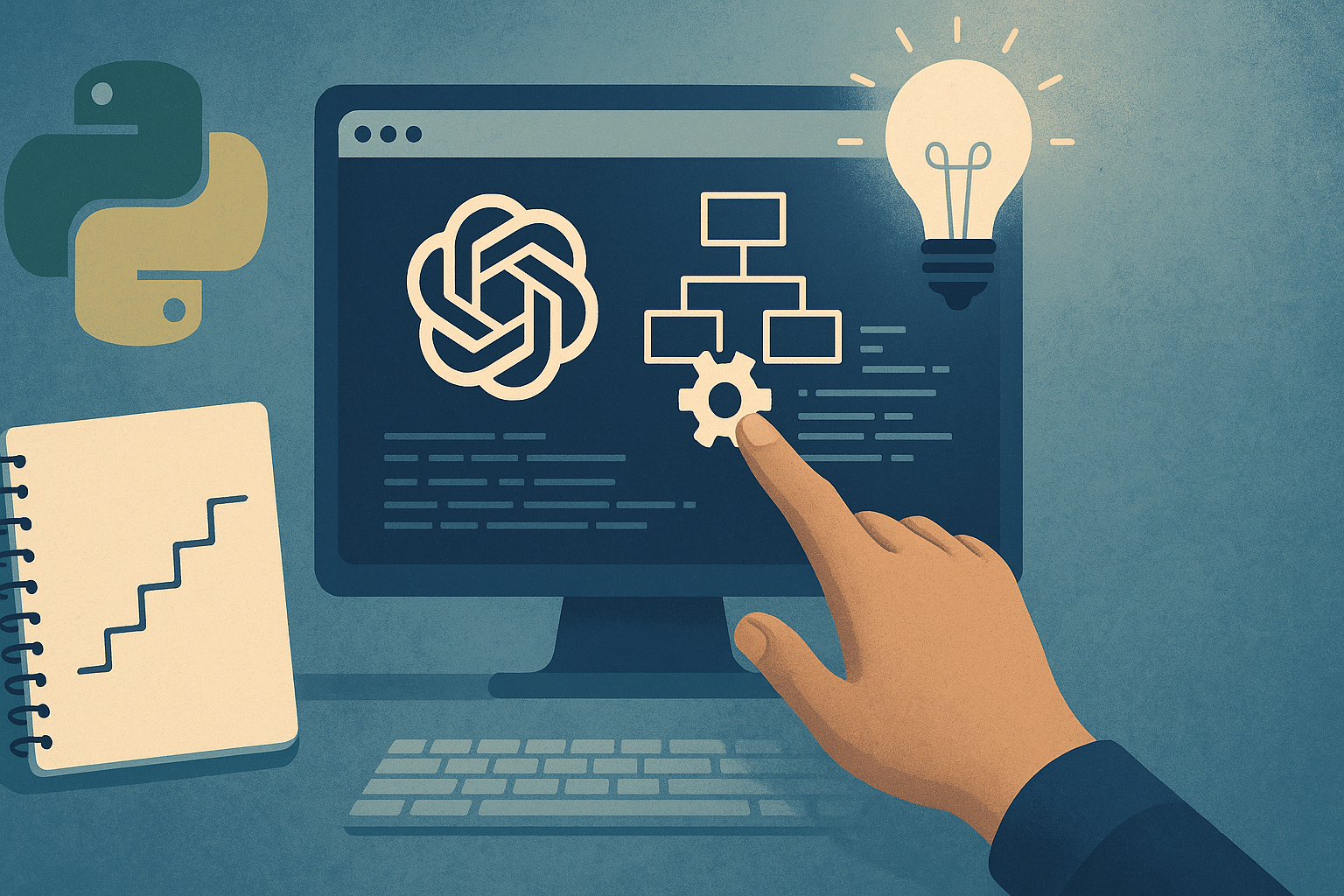
In a <a href="https://machinelearningmastery.
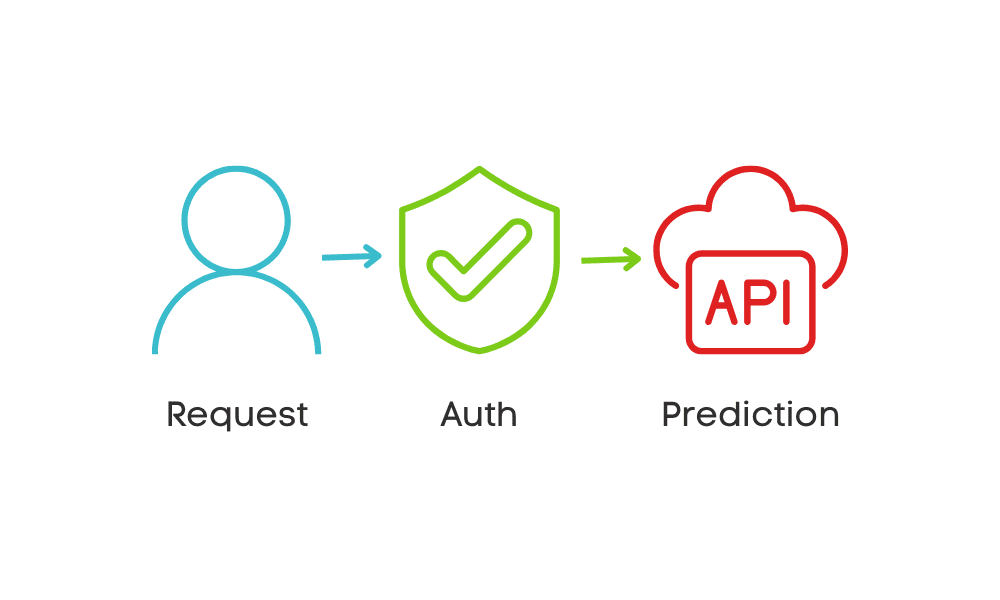
In today's AI world, data scientists are not just focused on training and optimizing machine learning models.

This post is divided into three parts; they are: • Why Skip Connections are Needed in Transformers • Implementation of Skip Connections in Transformer Models • Pre-norm vs Post-norm Transformer Architectures Transformer models, like other deep learning models, stack many layers on top of each other.
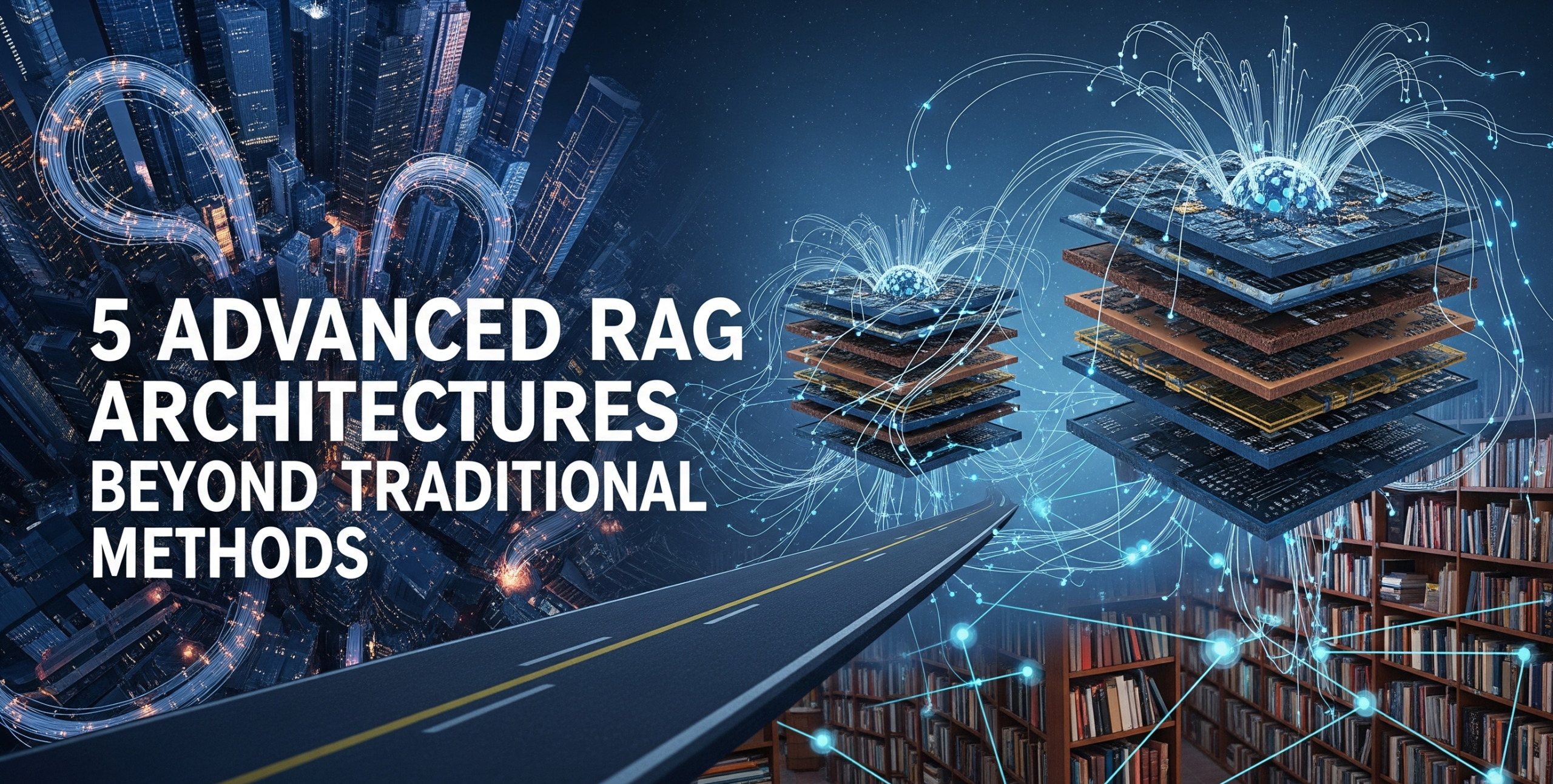
Retrieval-augmented generation (RAG) has shaken up the world of language models by combining the best of two worlds: <a href="https://www.

This post covers three main areas: • Why Mixture of Experts is Needed in Transformers • How Mixture of Experts Works • Implementation of MoE in Transformer Models The Mixture of Experts (MoE) concept was first introduced in 1991 by <a href="https://www.
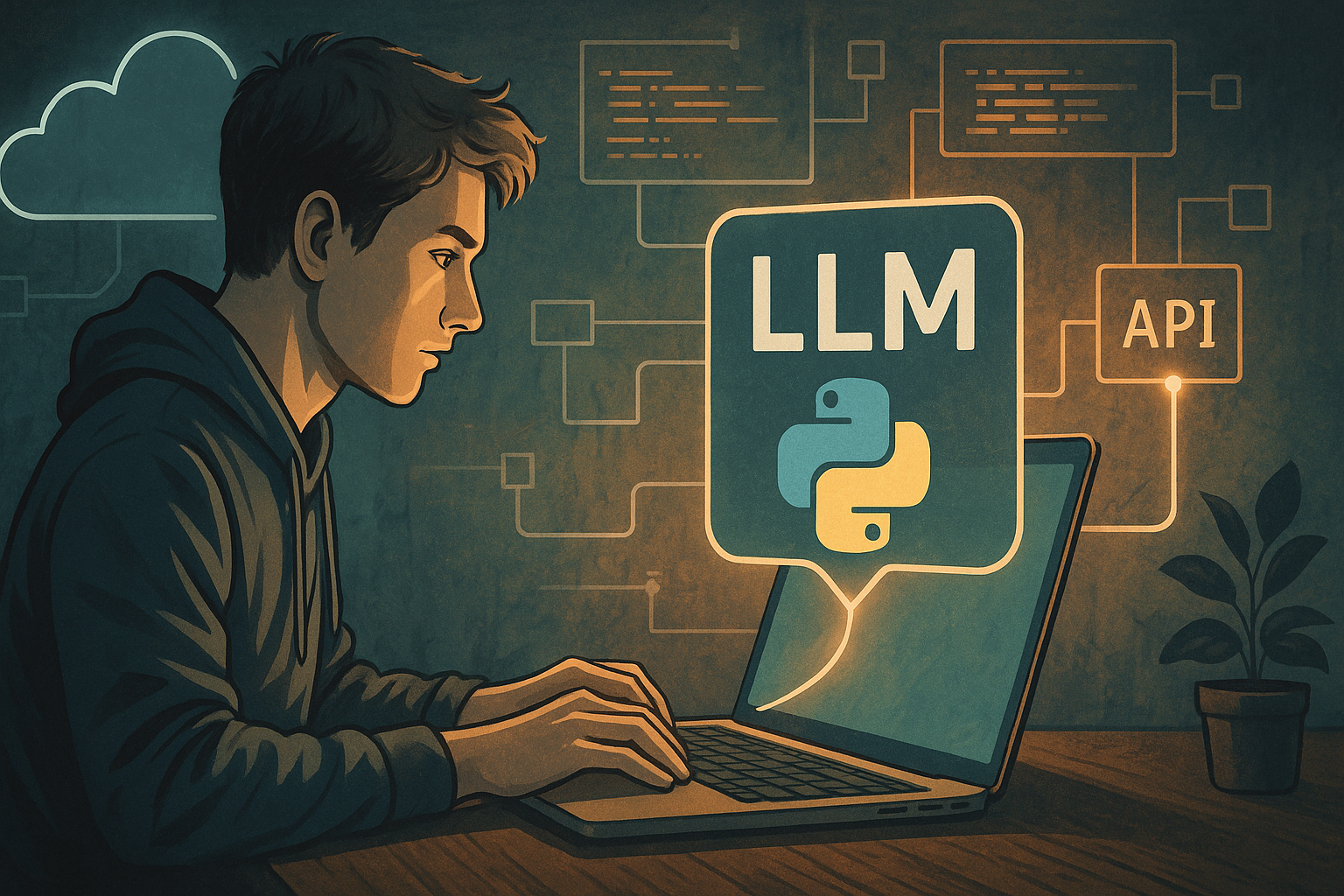
Interested in leveraging a large language model (LLM) API locally on your machine using Python and not-too-overwhelming tools frameworks? In this step-by-step article, you will set up a local API where you'll be able to send prompts to an LLM downloaded on your machine and obtain responses back.

This post is divided into three parts; they are: • Why Linear Layers and Activations are Needed in Transformers • Typical Design of the Feed-Forward Network • Variations of the Activation Functions The attention layer is the core function of a transformer model.

This post is divided into five parts; they are: • Why Normalization is Needed in Transformers • LayerNorm and Its Implementation • Adaptive LayerNorm • RMS Norm and Its Implementation • Using PyTorch's Built-in Normalization Normalization layers improve model quality in deep learning.
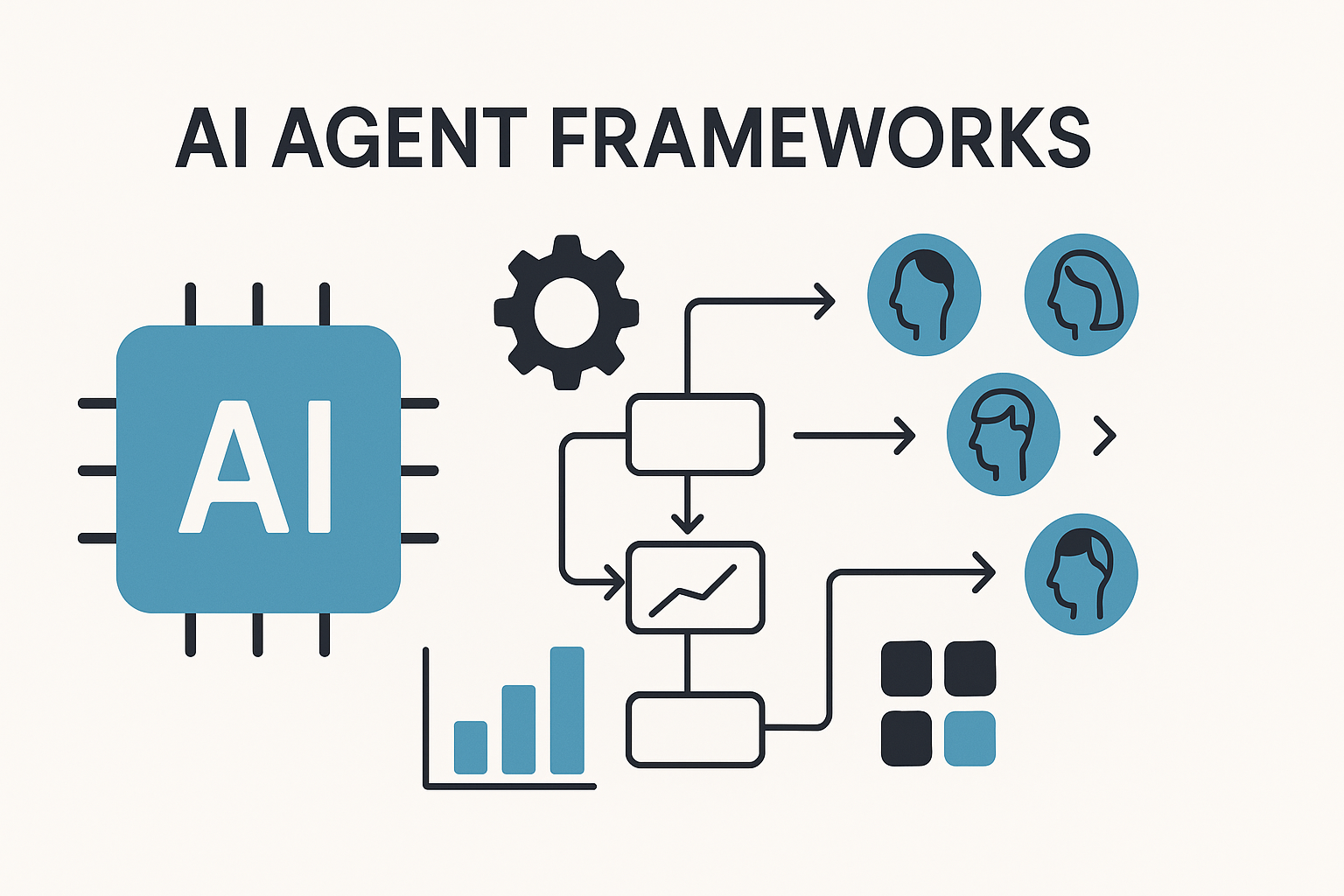
Machine learning practitioners spend countless hours on repetitive tasks: monitoring model performance, retraining pipelines, data quality checks, and experiment tracking.

MLOps, or machine learning operations, is all about managing the end-to-end process of building, training, deploying, and maintaining machine learning models.

<a href="https://pola.
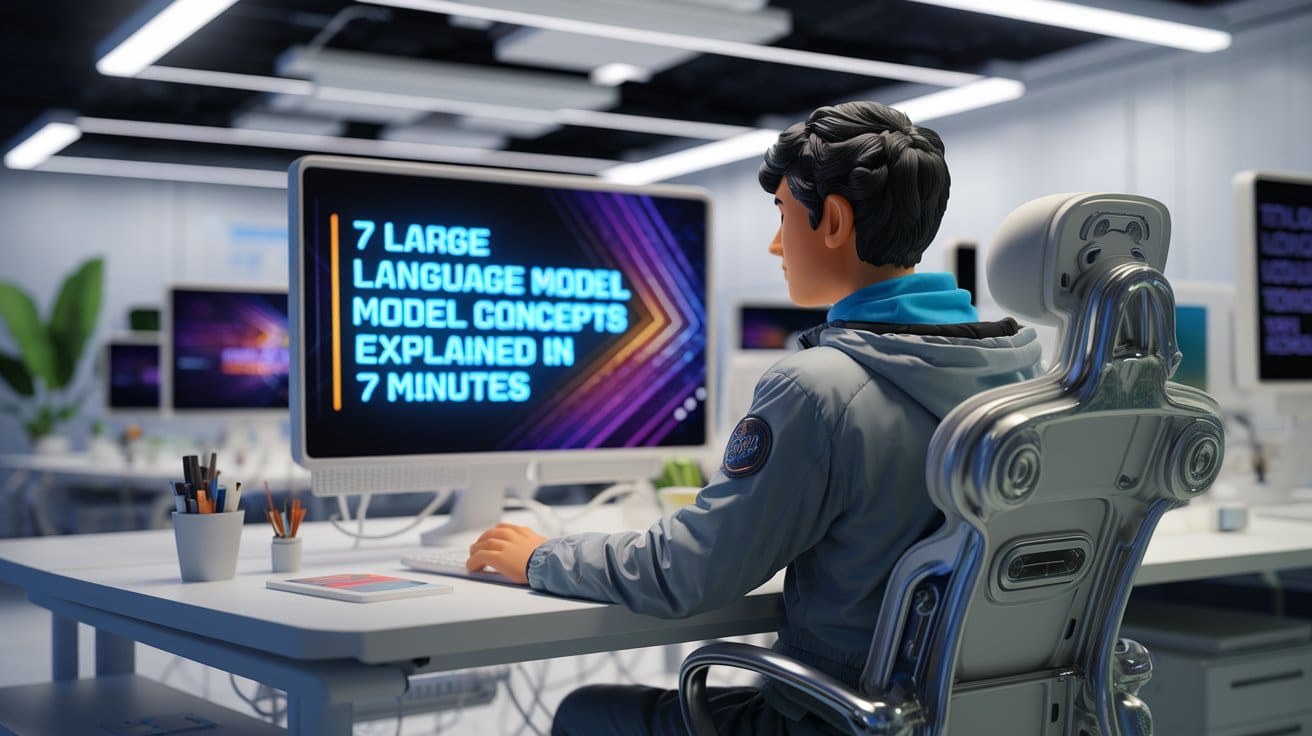
If you've been using large language models like GPT-4 or Claude, you've probably wondered how they can write actually usable code, explain complex topics, or even help you debug your morning coffee routine (just kidding!).

This post is divided into three parts; they are: • Interpolation and Extrapolation in Sinusoidal Encodings and RoPE • Interpolation in Learned Encodings • YaRN for Larger Context Window Sinusoidal encodings excel at extrapolation due to their use of continuous functions: $$ \begin{aligned} PE(p, 2i) &= \sin\left(\frac{p}{10000^{2i/d}}\right) \\ PE(p, 2i+1) &= \cos\left(\frac{p}{10000^{2i/d}}\right) \end{aligned} $$ You can simply substitute $p$ with a larger value to obtain the positiona
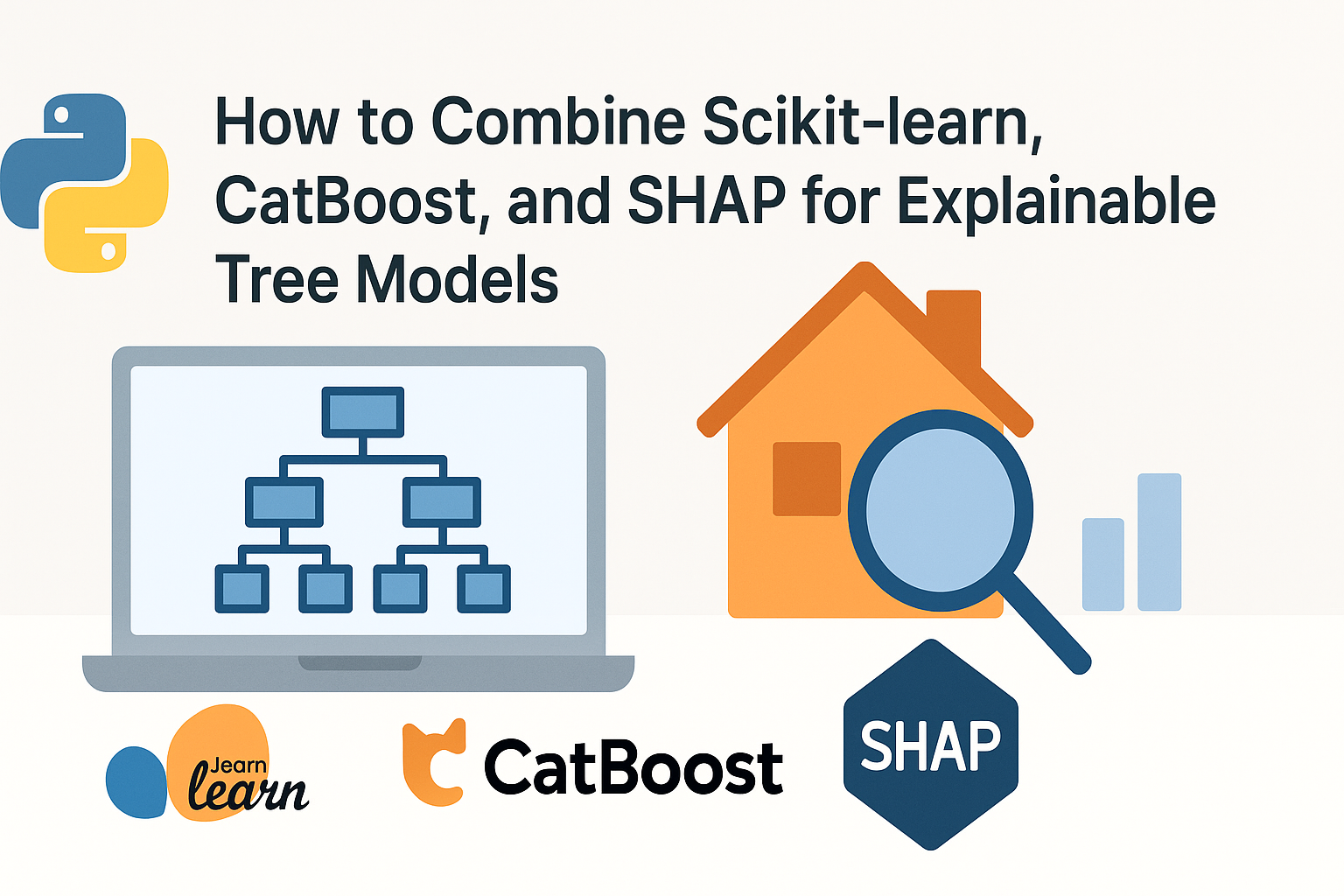
Machine learning workflows often involve a delicate balance: you want models that perform exceptionally well, but you also need to understand and explain their predictions.

This post is divided into five parts; they are: • Understanding Positional Encodings • Sinusoidal Positional Encodings • Learned Positional Encodings • Rotary Positional Encodings (RoPE) • Relative Positional Encodings Consider these two sentences: "The fox jumps over the dog" and "The dog jumps over the fox".

Pandas , NumPy , and Scikit-learn .

Imbalanced datasets, where a majority of the data samples belong to one class and the remaining minority belong to others, are not that rare.

You've trained your machine learning model, and it's performing great on test data.
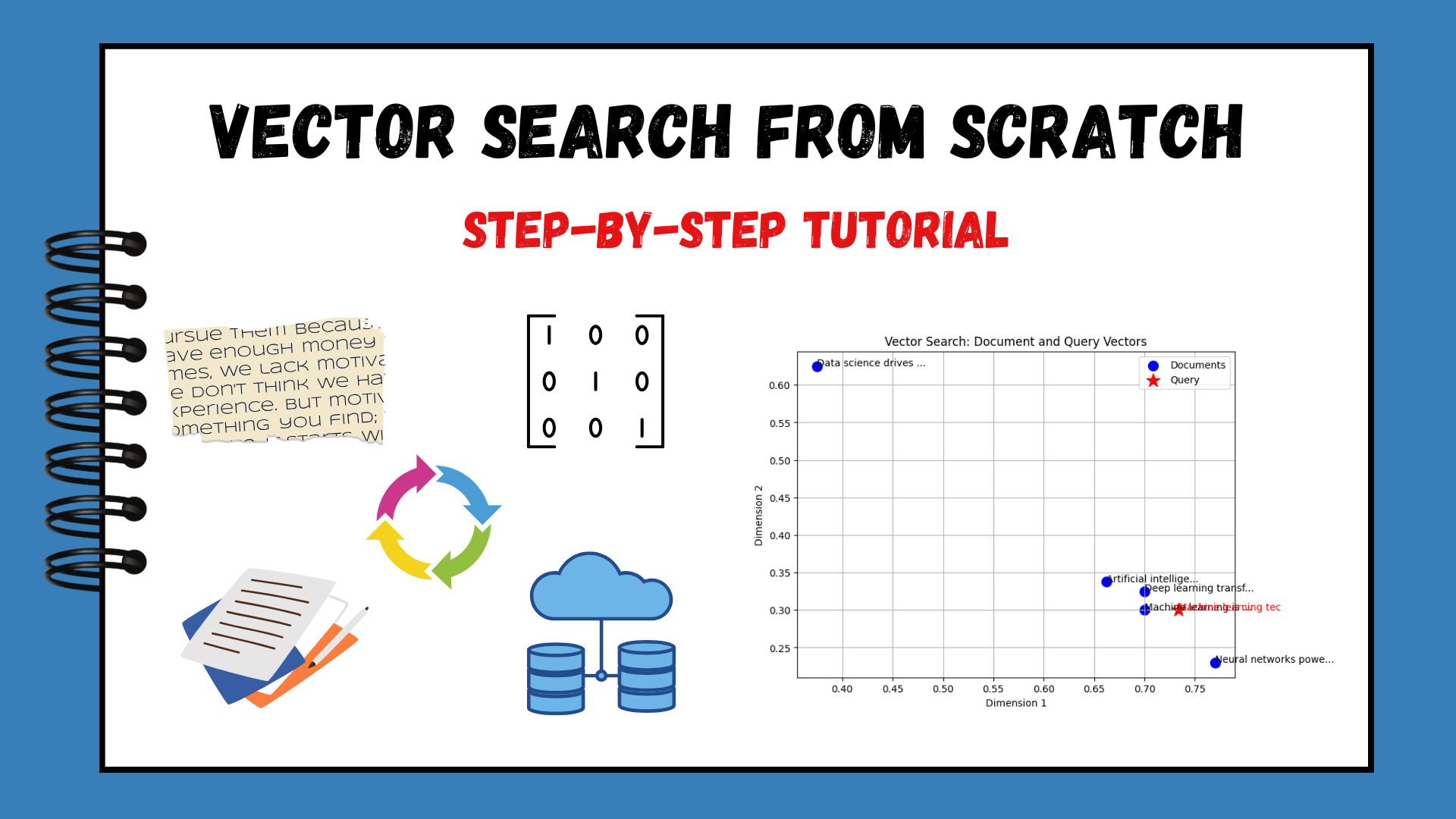
There’s no doubt that search is one of the most fundamental problems in computing.